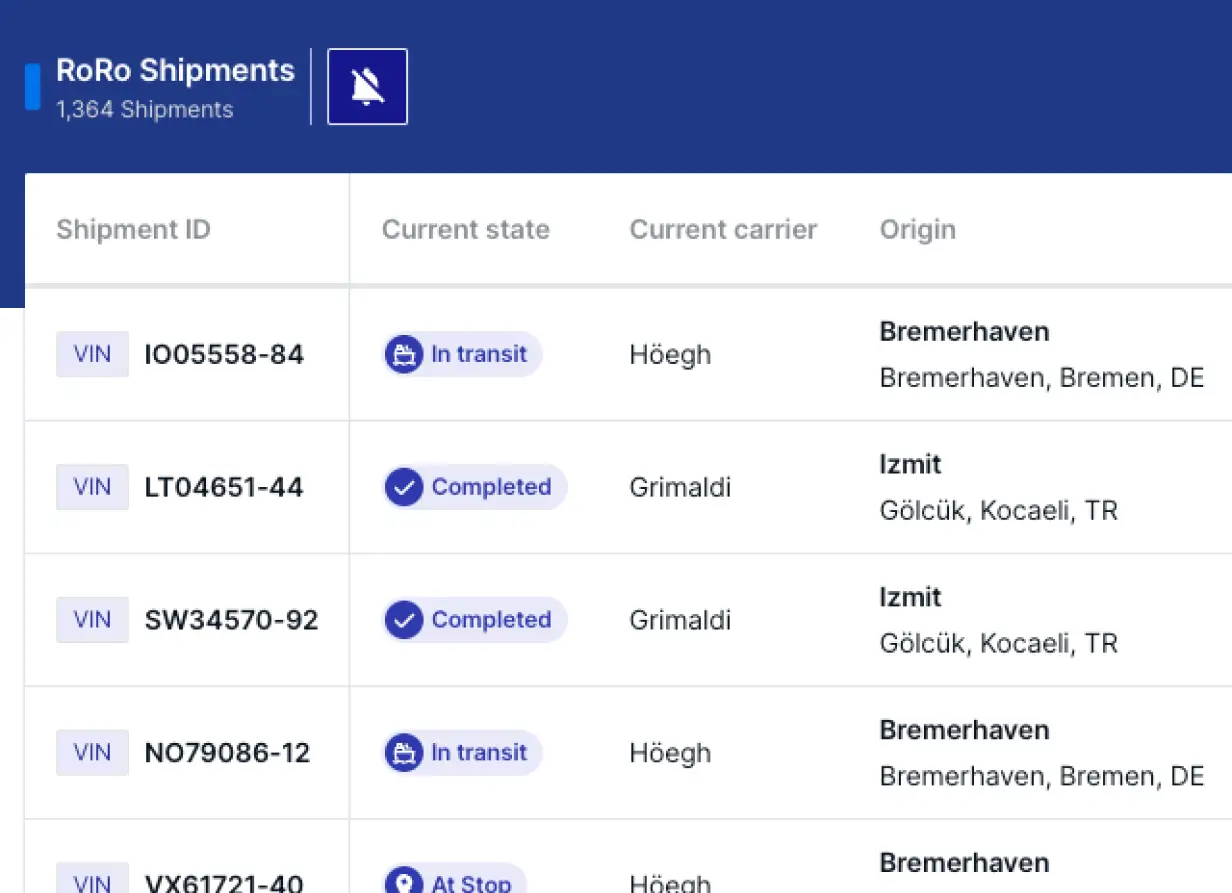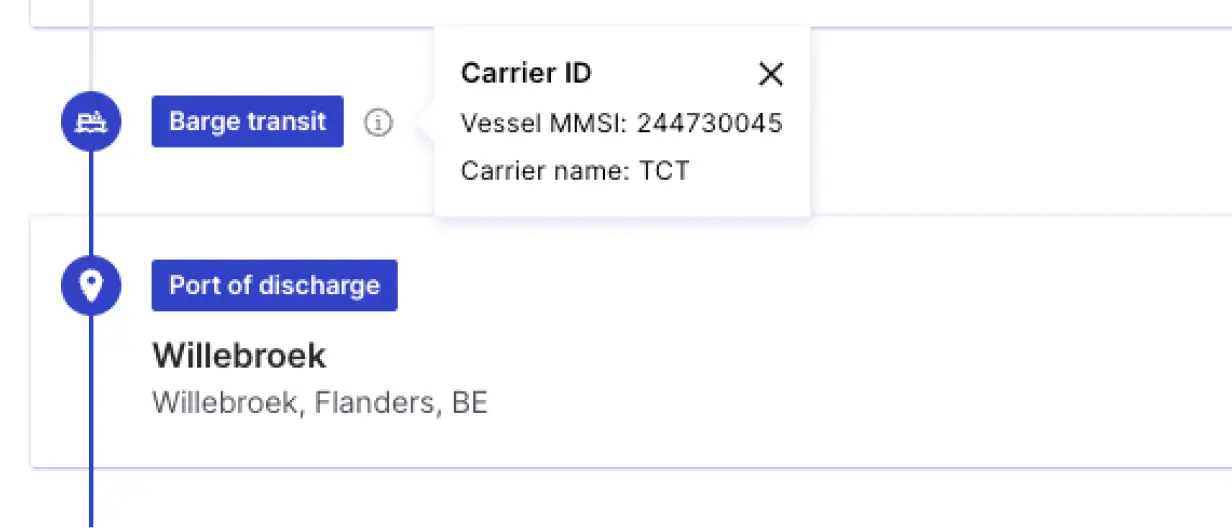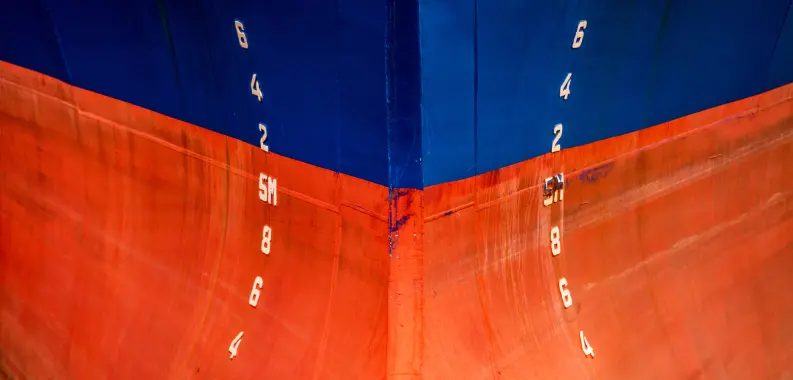Ocean Visibility
One platform. All seven seas.
project44 connects you to every carrier and forwarder in your network for unmatched visibility from origin to final destination, enabling you to proactively manage exceptions and deliver a truly differentiated customer experience.
Timely insights for better decision making
More granular and timely visibility enables you to reduce costs associated with poor inventory planning, demurrage, unnecessary expedites, and more, turning a current cost center into a cost saver.
Proactively manage exceptions
Accurate ETAs and proactive alerts focus teams on the shipments that matter most while sophisticated insights about your network and the global supply chain keep you ahead of the competition.
Streamline planning & procurement
Real-time data, dynamically-generated transit times, and advanced analytics enable you to avoid delays and optimize freight procurement.
Harness carrier and forwarder data for fast, informed decisions
01
Connect
project44 is integrated with all major ocean carriers and forwarders, meaning you can expect an exceptionally fast time to value.
02
Initialize
Customers initialize shipments in Movement using identifiers such as bill of lading, booking number, container ID, etc. based on your use case.
03
Enhance
We retrieve and ingest relevant data from carriers and forwarders. Using proprietary data science techniques we cleanse and normalize the data, stitch shipments across modes and carriers, and develop actionable insights, including ETAs and carrier/lane performance.
04
Deliver
Get unmatched visibility the way you need it, whether in our highly adaptive user interface or via API in your system of record.
Ocean by the numbers
150+
connections
with ocean carriers and freight forwarders
98%
coverage
global ocean volumes
350K+
containers
monitored daily by project44
Ocean Visibility in Movement

Advanced capabilities
RoRo Visibility
Enhance planning, manage exceptions, and get ahead of disruptions for non-containerized freight with visibility at the equipment- or vehicle-level for your roll-on/roll-off shipments.

Emissions Visibility
GLEC-accredited emissions visibility gives you the power to measure and reduce freight transportation emissions—including Scope 3 emissions from third party carriers. Gain the visibility you need to improve regulatory compliance and advance your sustainability goals with project44.

Barge Visibility
Maximize predictability while minimizing manual effort with granular visibility of the inland waterway segments that can be the difference between making and missing main leg connections.

Explore related products
Sailing Schedules
Optimize your routes and carrier selections based on exclusive and reliable information since project44 monitors 5 million+ schedules daily.

Port Intel
Steer clear of port congestion and extended dwell times using real-time global container and vessel dwell data. From everyday exceptions, to black swan events, project44 has you covered.

Terminals
Optimize land-side operations and minimize accessorial fees with real-time data on container status and availability within the terminal.
